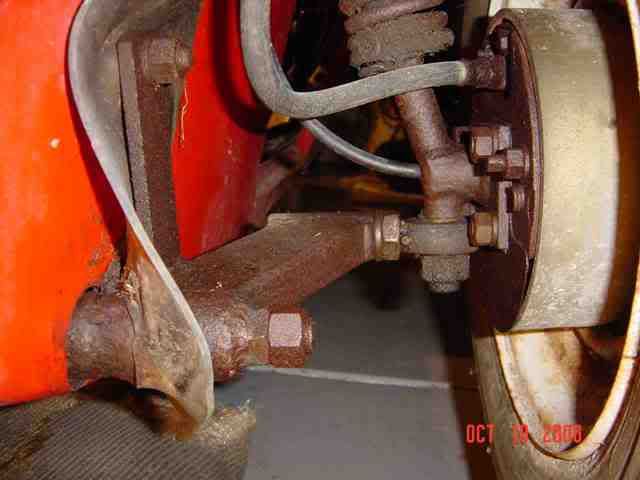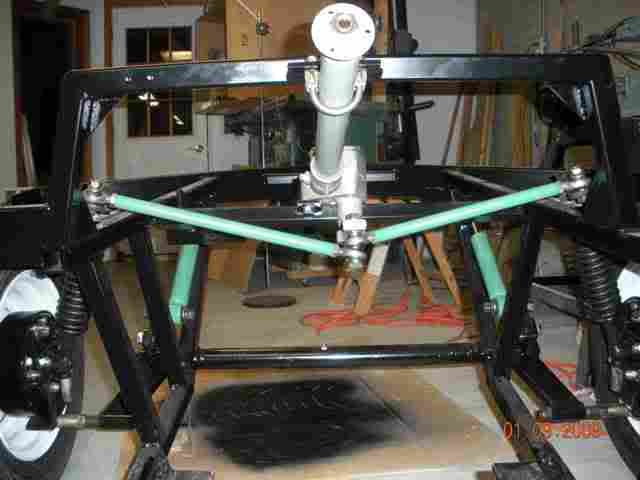I find the Freeway a fascinating vehicle as it was very cleverly designed (by pukka automotive engineers, I believe) to be economical to produce in relatively small numbers. This sort of real engineering ("an engineer builds for sixpence what any fool could make for half a crown") is a delight to me and is also useful for considering how a new microcar could be designed. So I have been a lurker on Freeway forums for a long time.
It does seem that the designers got the front suspension geometry wrong - it may be that they thought it was a relatively slow vehicle and so they didn't need to be all that accurate. Contrary to Stephen's description of the problem, most Freeway owners who have carried out a simple steering axis modification seem to be happy with the result. This involves moving the bottom suspension pivot so that it is nearer the wheel centreline, dramatically reducing the positive steering offset - and we have to remember that in those pre-ABS days, all automotive engineers
knew that the negative steering offset that is routinely used nowadays not only gave poor steering feel, but would be undriveable.
This is the original suspension and the steering axis (from the top of the McPherson-ish strut) can be seen to hit the ground completely inside the tyre:

Adding a bracket to relocate the bottom joint under the drum gives this:

And this is a good general view of the front end:

I should stress that not only do I not have any personal experience of Freeways, I've never even seen one 'in the flesh' - these are just repeats of other peoples' comments (and photos).
However I will add that Ackermann steering is often seen as ideal, but I don't think any designer would use pure Ackermann nowadays - it was Colin Chapman who actually used reverse Ackermann (inside wheel turns
less angle than outside wheel) to compensate for the lower tyre slip angles on the more heavily-loaded outside wheel.
Andrew